
If you find a centipede at home, here is what it means...
🏠 What It Means When You See a Centipede in Your Home
Seeing a centipede inside your house can be unsettling, but it actually tells you quite a bit about your home’s environment.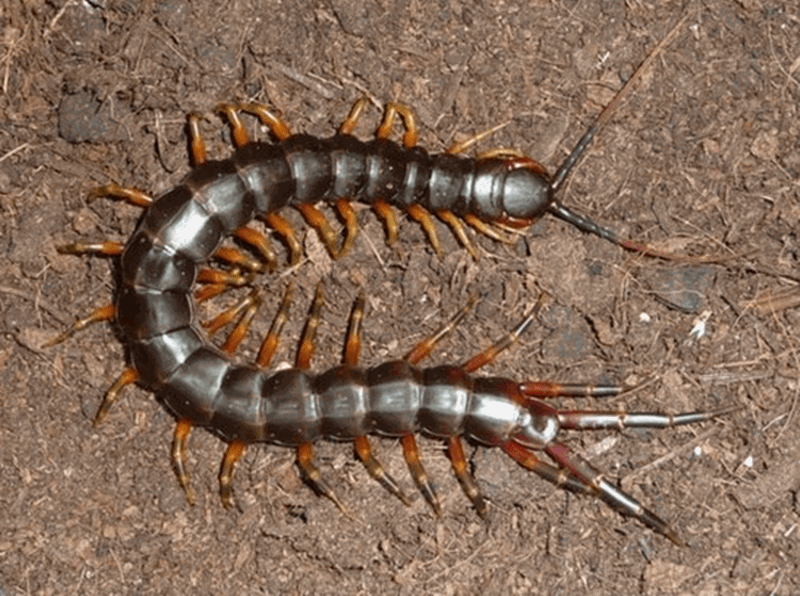
Sign of Other Pests: Centipedes are natural predators, feeding on smaller insects, spiders, and other pests. If you spot a centipede indoors, it often means your home might have an underlying issue with other small pests that centipedes are hunting. This could include ants, silverfish, cockroaches, or spiders.
Moisture Issues: Centipedes prefer damp, dark, and humid environments to thrive. Common hiding spots inside your home include basements, bathrooms, under sinks, crawl spaces, or near leaky pipes. Their presence is a good indicator that there may be excess moisture or poor ventilation in these areas, which can also promote mold growth and damage.
Shelter from Harsh Weather: Sometimes, centipedes wander indoors simply to escape extreme outdoor conditions like intense heat, freezing cold, or heavy rainstorms. Your home can offer them a safe refuge from unfavorable weather outside.
⚠️ Are Centipede Bites Dangerous?
Unlike cockroaches or rodents, centipedes do not carry or spread diseases.
They can bite, using their venom-injecting claws, but bites are relatively rare since centipedes typically avoid human contact. When bites do occur, symptoms are usually mild and may include:
-
Redness, swelling, and localized pain that feels similar to a bee or wasp sting.
-
Mild itching, burning, or tenderness around the bite area.
Serious complications are extremely uncommon. However, individuals allergic to insect venom might experience stronger reactions such as severe swelling, difficulty breathing, or intense pain. Anyone experiencing such symptoms should seek medical attention immediately.
How to Get Rid of Centipedes
If centipedes are becoming a nuisance, here are practical steps to reduce their presence:
-
Reduce Moisture: Fix any leaks in plumbing, use dehumidifiers in damp areas like basements, and keep kitchens and bathrooms dry and well-ventilated.
-
Seal Entry Points: Close cracks in walls, gaps under doors, windows, and repair torn screens to block their entry into your home.
-
Remove Hiding Places: Declutter spaces where centipedes like to hide, such as piles of clothes, cardboard boxes, stacks of wood, and cluttered storage areas.
-
Eliminate Their Food Sources: Control other pests like cockroaches, spiders, and ants, which are the main food for centipedes.
-
Natural Repellents: Sprinkling diatomaceous earth around baseboards, corners, and damp areas can help deter centipedes. Essential oils such as tea tree, peppermint, or eucalyptus oil may also repel them if applied carefully.
-
Direct Removal: If you see a centipede, you can trap it with a jar, vacuum it up, or use sticky traps specifically designed for crawling insects.
🚫 How to Prevent Centipedes from Returning
Prevention is key to keeping your home centipede-free:
-
Maintain a dry and well-ventilated home environment.
-
Regularly clean and vacuum dark corners, closets, under furniture, and other potential hiding spots.
-
Store firewood, cardboard, and any damp materials outside rather than indoors.
-
Keep your yard tidy by trimming grass, bushes, and removing debris that can harbor pests.
-
Consider scheduling regular pest control treatments if centipedes or other pests continue to be a problem.
✅ In Summary
Finding a centipede indoors usually means there is moisture and potentially other pests in your home. While their bite can be painful, it is rarely dangerous. The best way to manage and prevent centipedes is by keeping your home dry, sealing off entry points, and controlling other pest populations.
By addressing these factors, you can minimize centipede visits and enjoy a more comfortable, pest-free living environment.
News in the same category


Don't make the mistake of throwing away tea bags. see more

🪟 Vinegar Is the Key to Streak-Free Windows & Shiny Surfaces — But Most People Use It Wrong

This Is The Mistake You Make When Using An Electric Kettle

Don’t Toss That Banana Part
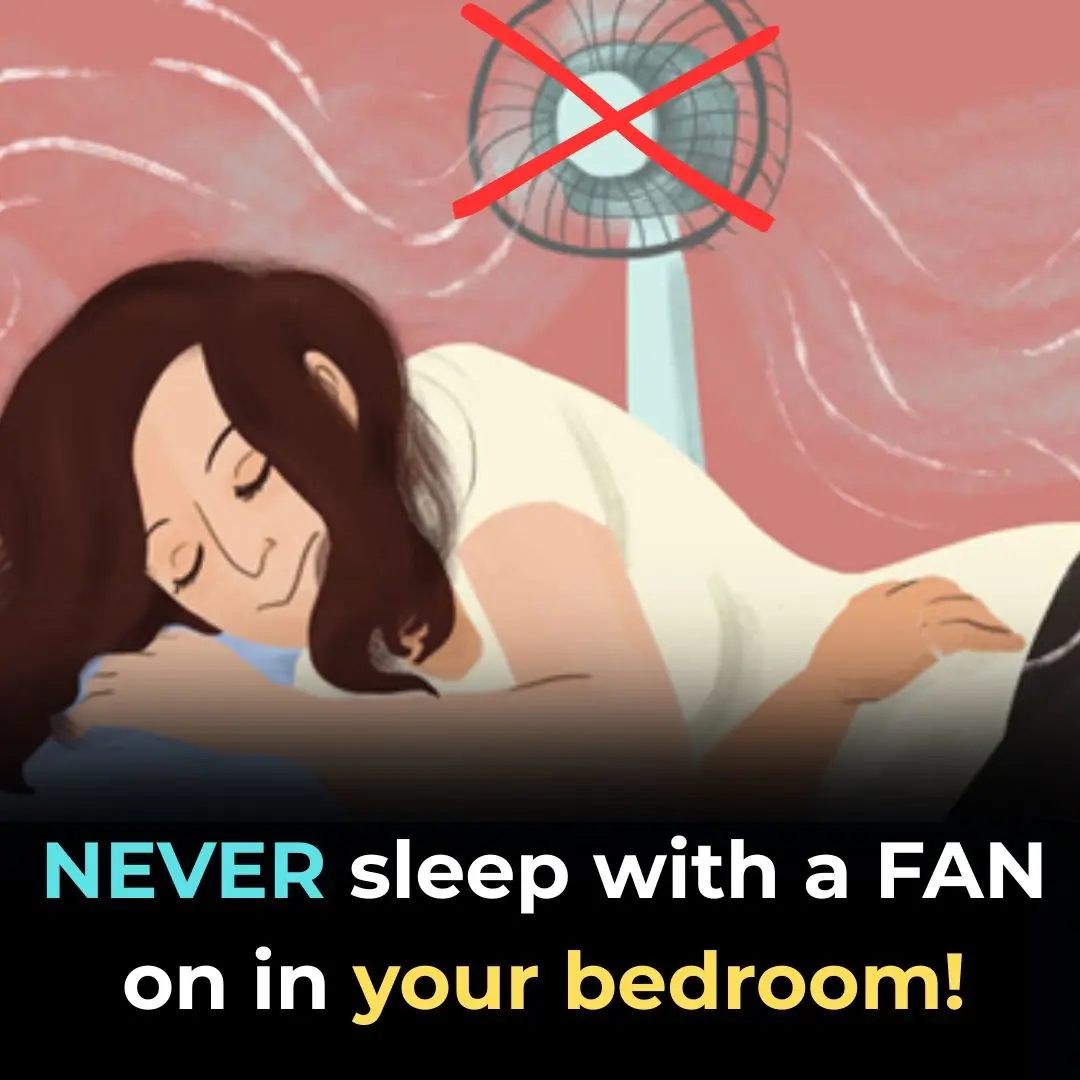
The Hidden Effects of Sleeping With a Fan on Your Throat

Tips for freezing tomatoes to eat all year round, the flavor is always fresh and delicious like freshly picked

Health benefits of lemon peel, don't throw it away and waste it
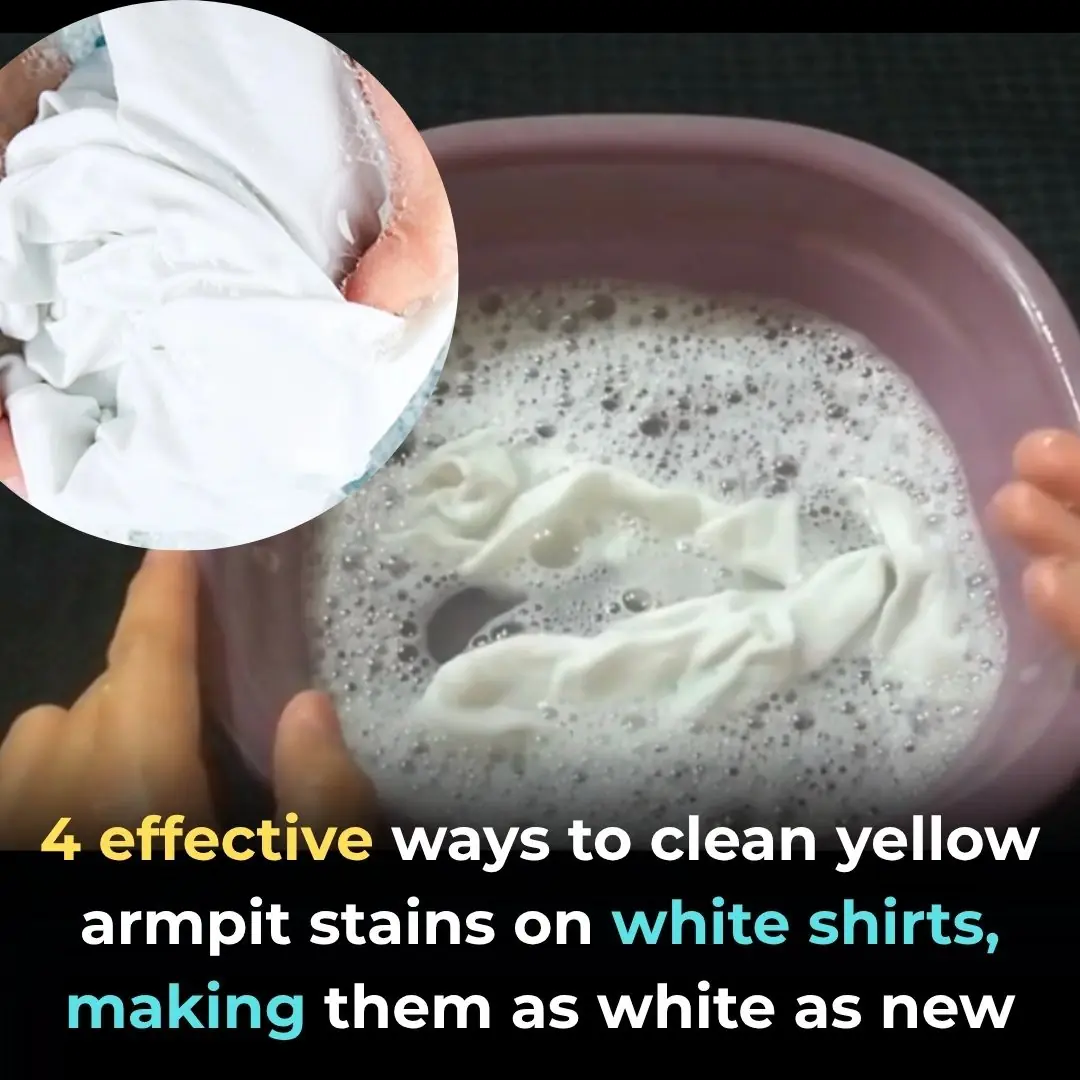
4 effective ways to clean yellow armpit stains on white shirts, making them as white as new

Identify enoki mushrooms soaked in formaldehyde poison thanks to 5 typical signs
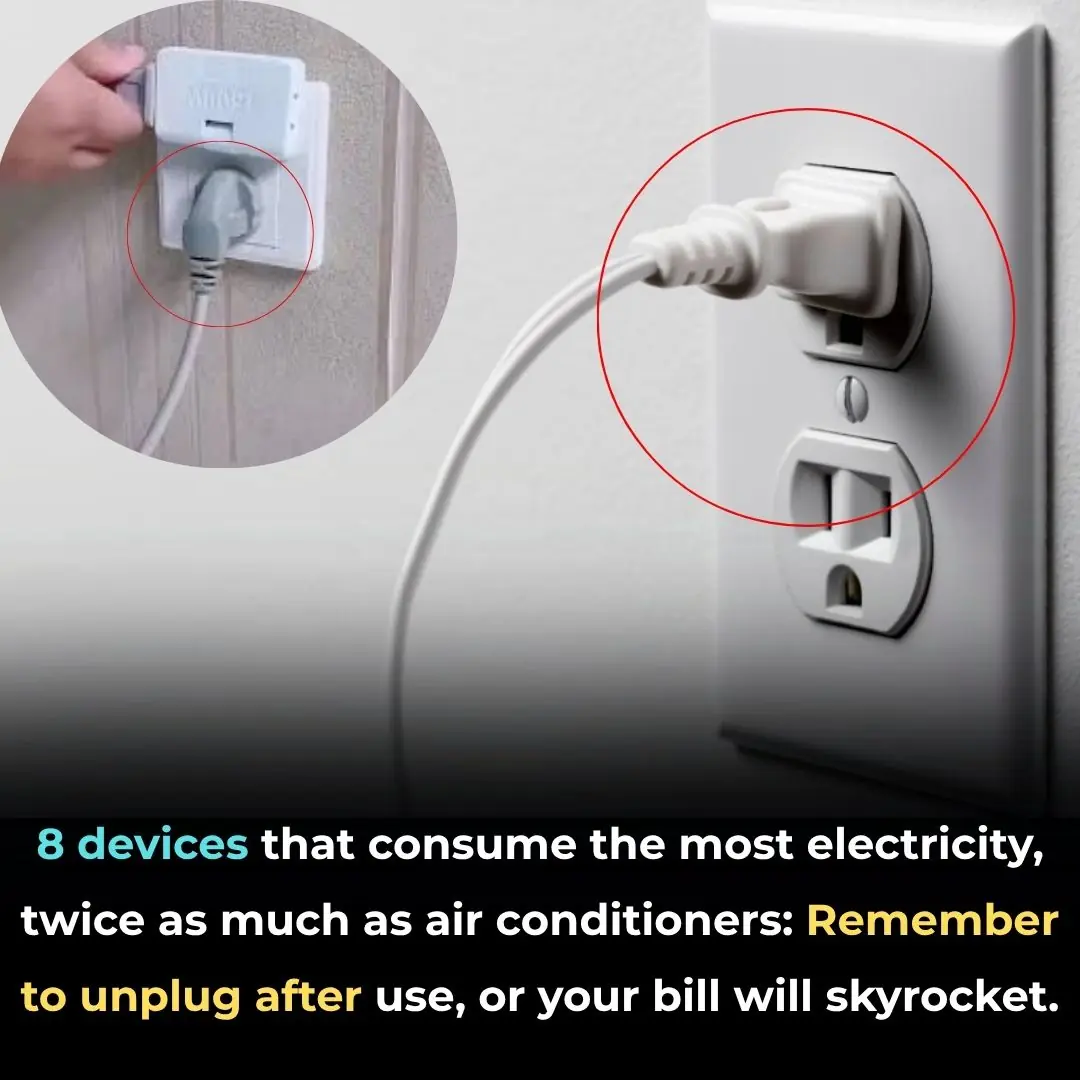
8 devices that consume the most electricity, twice as much as air conditioners: Remember to unplug after use, or your bill will skyrocket.

Golden tips for choosing ham: Identify borax with a simple, absolutely safe way

How to recognize fish infected with urticaria: Don't buy it even if it's cheap as if it were given away.

Soak lemongrass with vinegar to get a special type of water with wonderful uses.
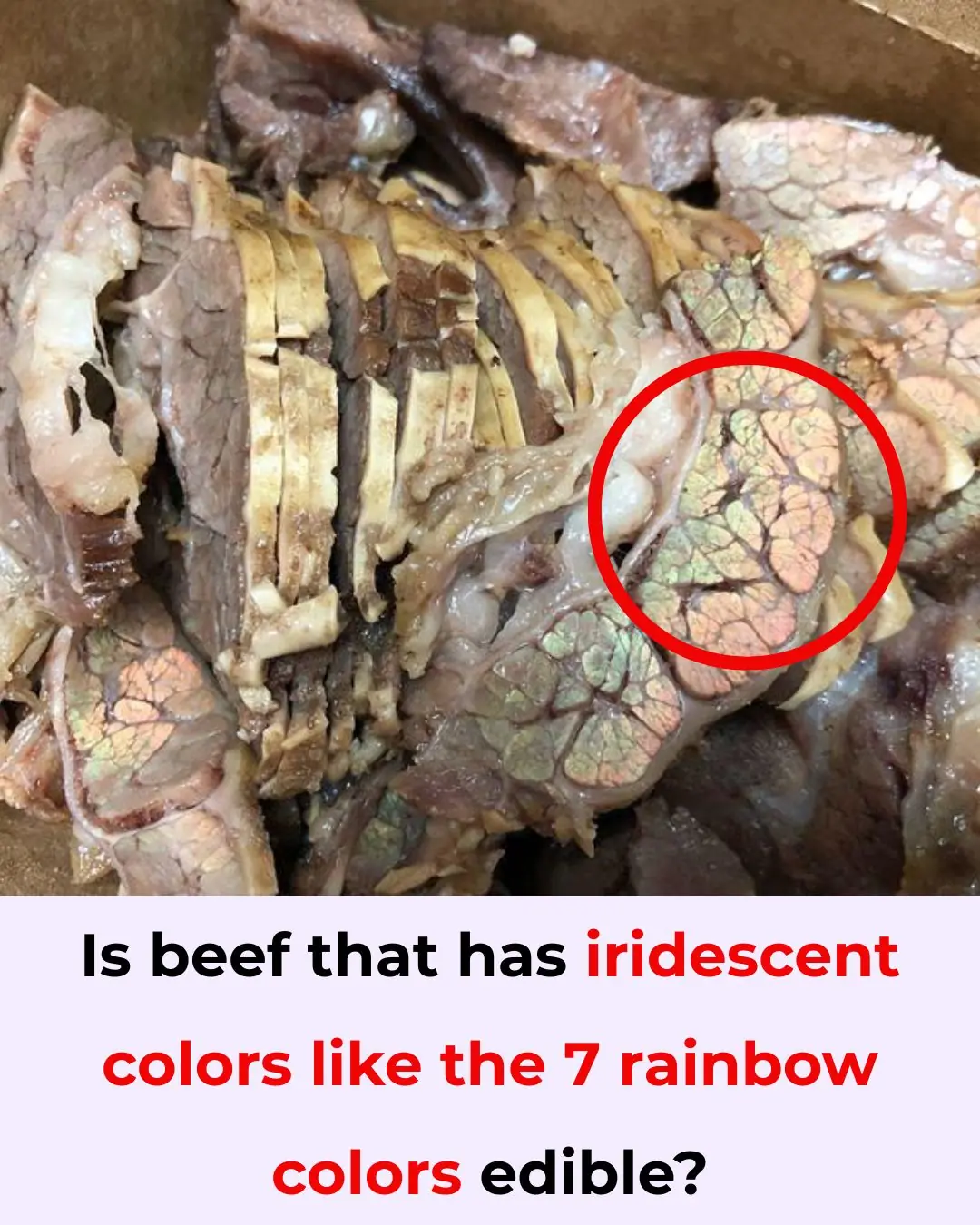
Is beef that has iridescent colors like the 7 rainbow colors edible?
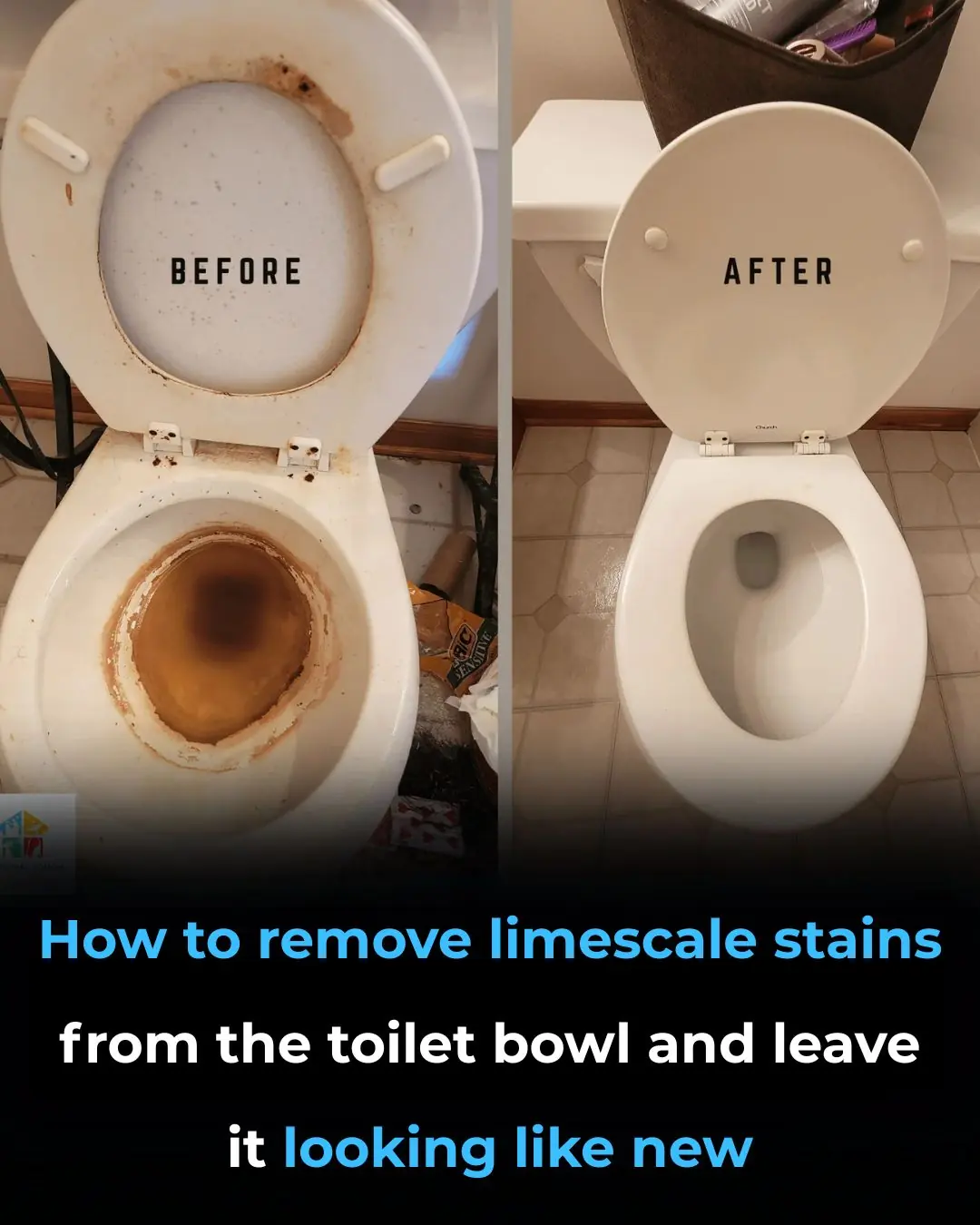
🚽 How to Remove Limescale Stains from Your Toilet Bowl — Naturally & Without Harsh Chemicals
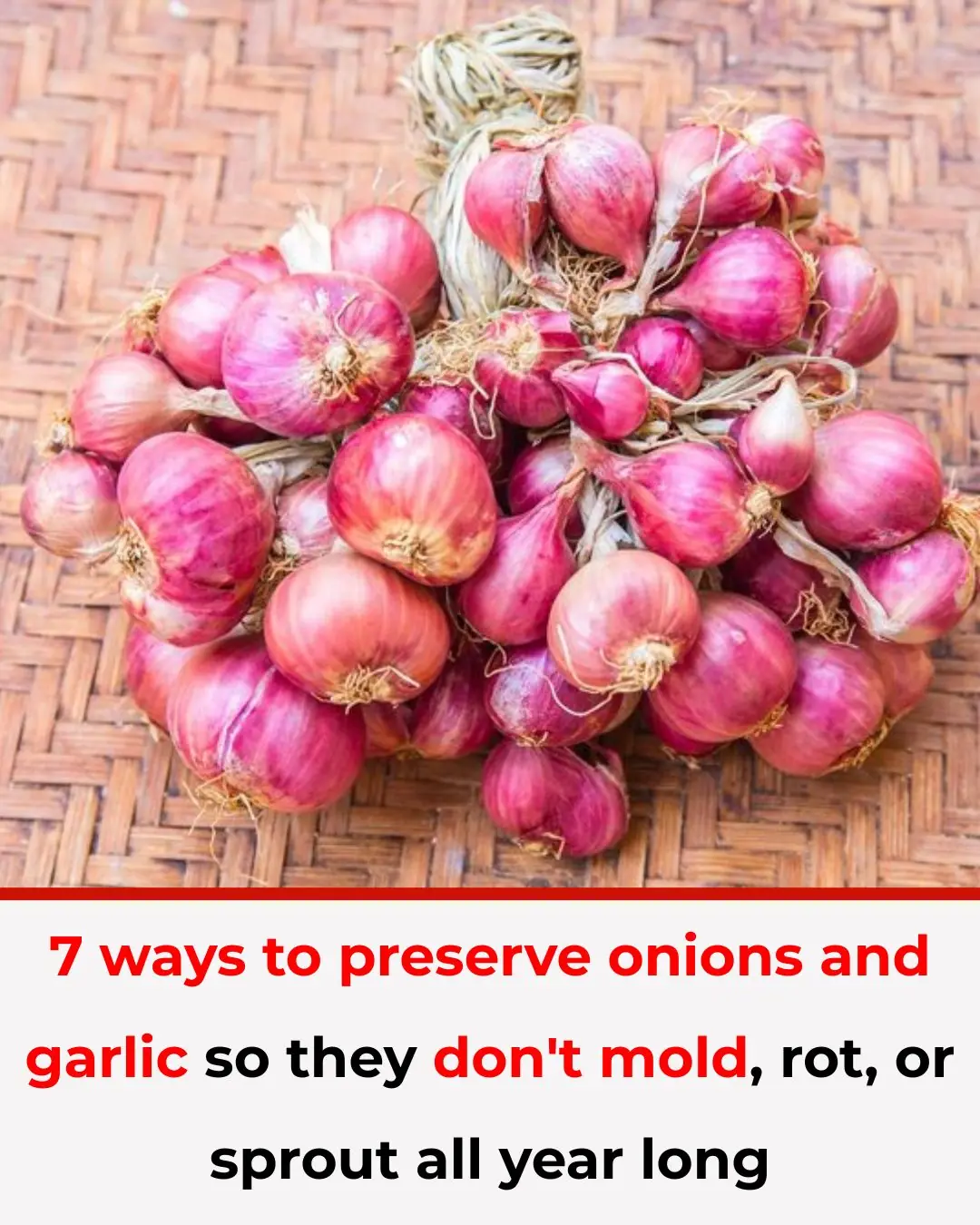
7 ways to preserve onions and garlic so they don't mold, rot, or sprout all year long

Squeeze lemon juice into the rice cooker before cooking? Simple operation but surprising effects

Put a bowl of salt in the refrigerator: A small but effective tip that makes me regret knowing it after 30 years
News Post

The Powerful Health Benefits of Papaya Seeds: Why You Should Include Them in Your Diet

The Wonderful Hazel Tree (Corylus avellana): Nutrition, Healing, and Traditional Uses of Every Part

Boiling a Whole Avocado: The Secret to Softness, Nutrition, and a Delicious Baked Recipe

The Hidden Healing Power of Papaya Leaves

Sugar Apple (Annona squamosa): A Sweet Fruit with Powerful Health Benefits

Why We Feel That Little Electric Sh0ck When We Touch Another Person—Science Explains

If a Man Doesn’t Appreciate You, Here’s What You Should Do

25 Worrying Signs Your Body Is Trying to Warn You of Serious Health Problems (and What to Do About Them)

The Hidden Power of Lactuca serriola Root (Prickly Lettuce Root)

Why You Should Stop Waking Up to Urinate

4 types of vegetables are full of parasites but many people still eat them raw every day

Hidden Dangers in Your Mouth: Early Signs of Oral Cancer

Maple Trees from Root to Crown: A Complete Guide to Every Edible Part
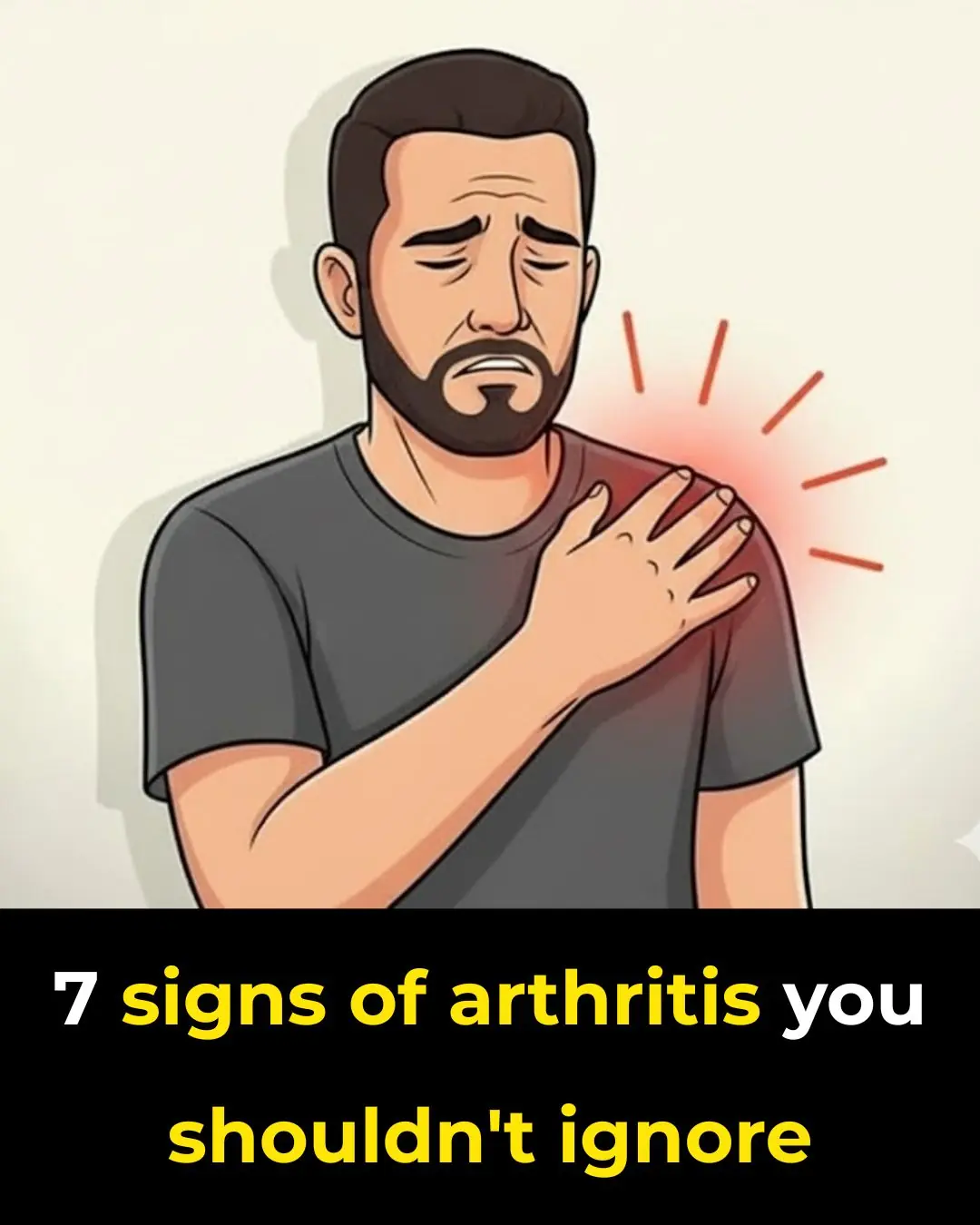
7 Signs of Arthritis You Shouldn't Ignore

California Poppy: Nature’s Gentle Remedy for Relaxation and More

What is its purpose. see details

When a woman stops loving a man, she begins…

5 hygiene mistakes that many people make... but no one dares to talk about...
